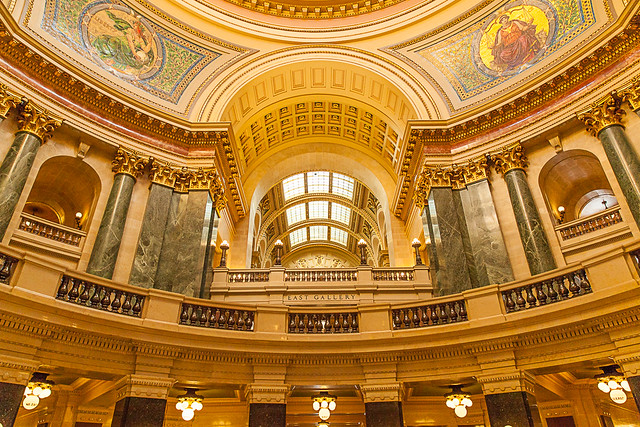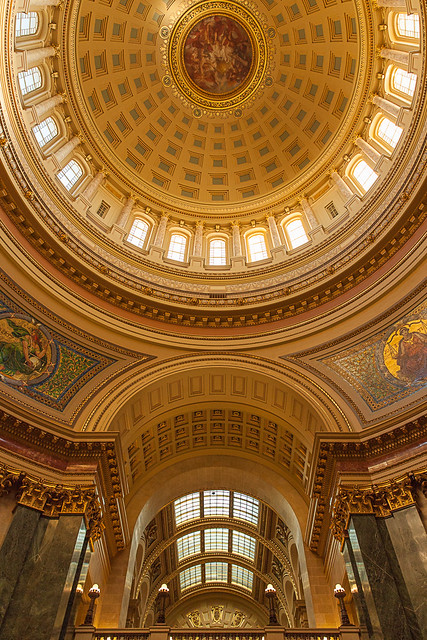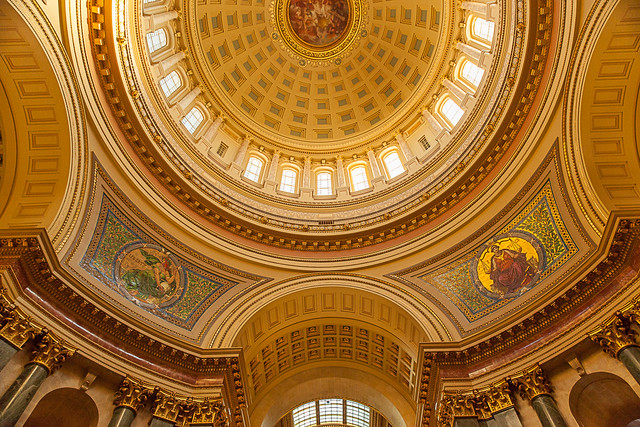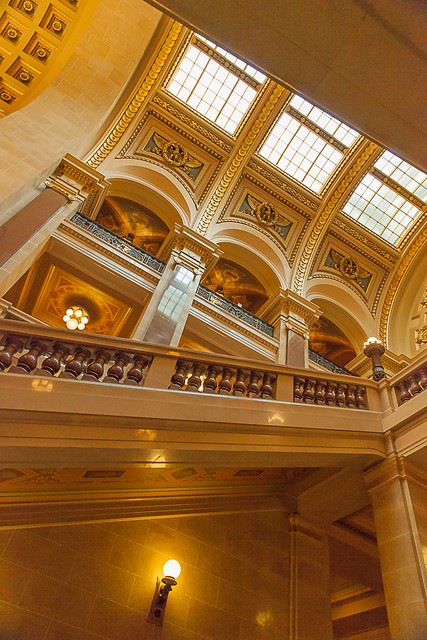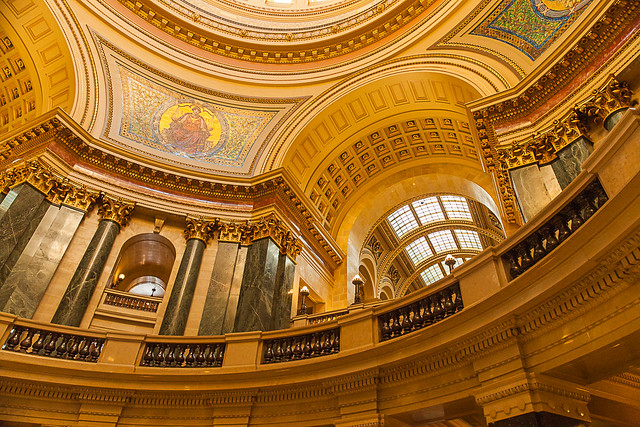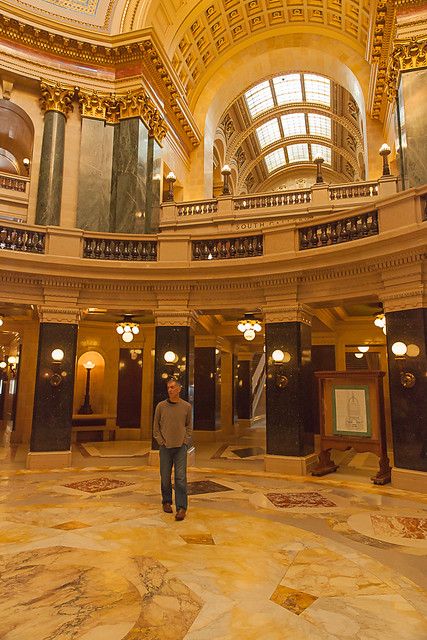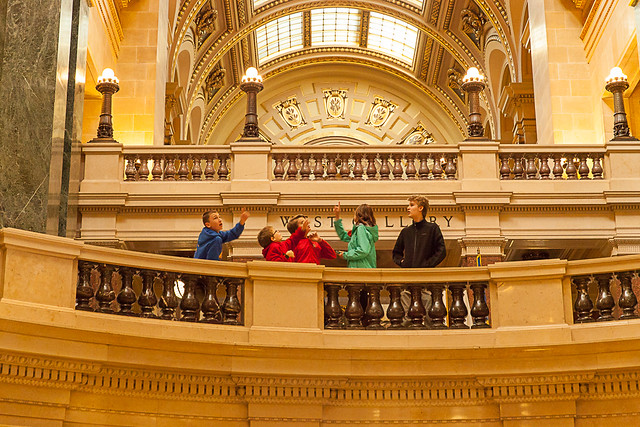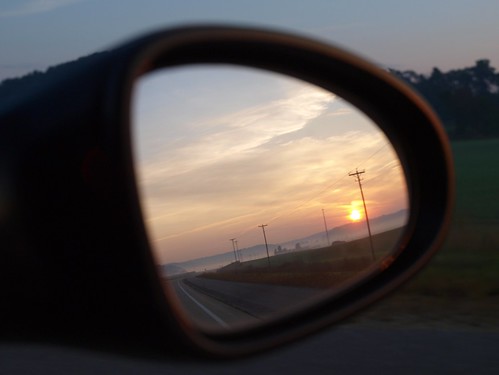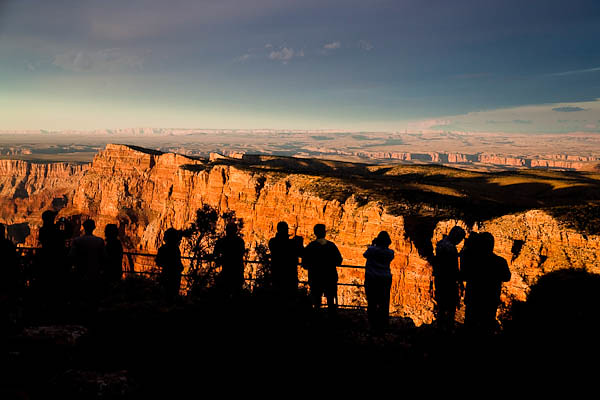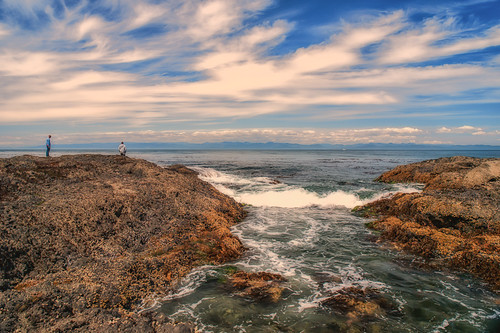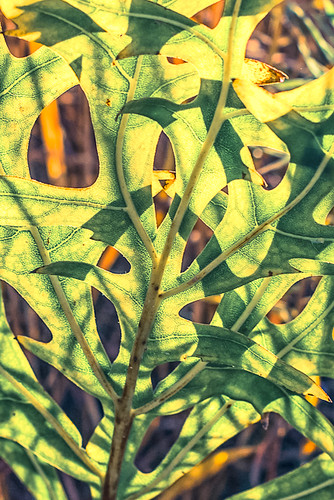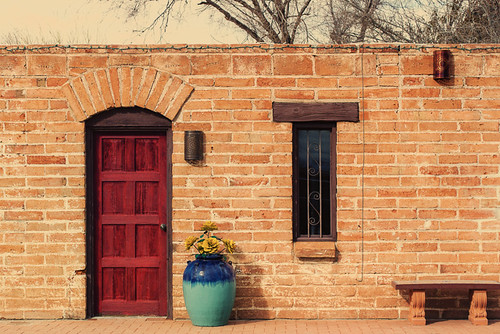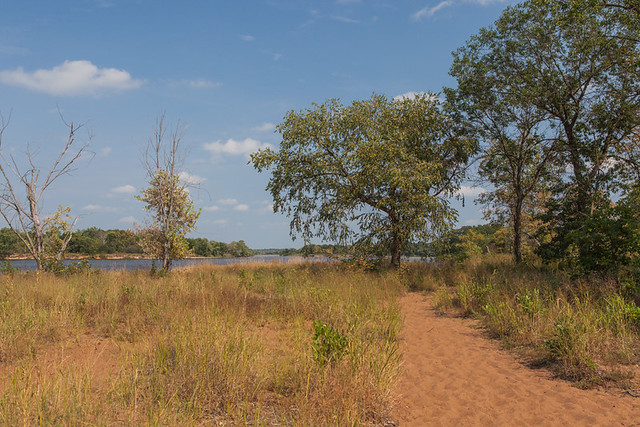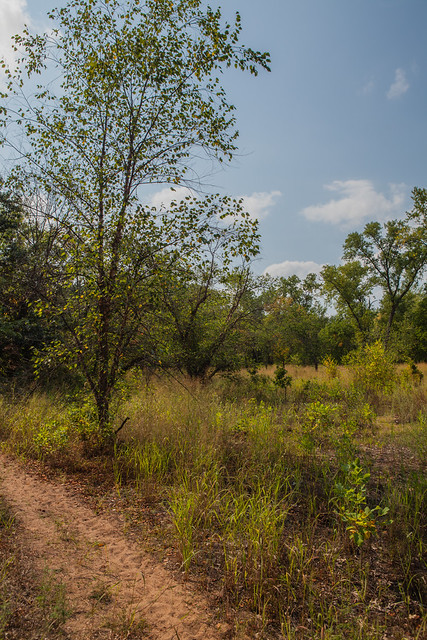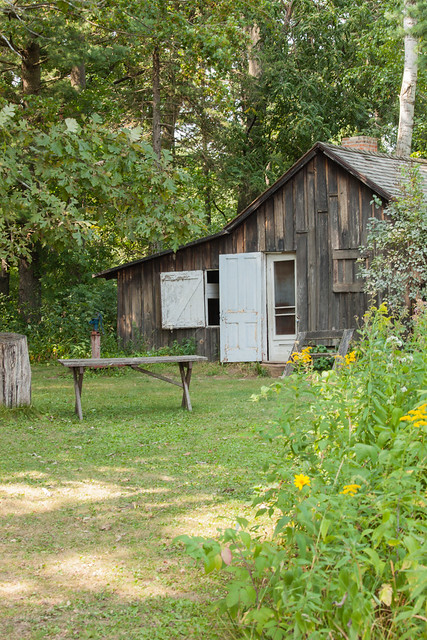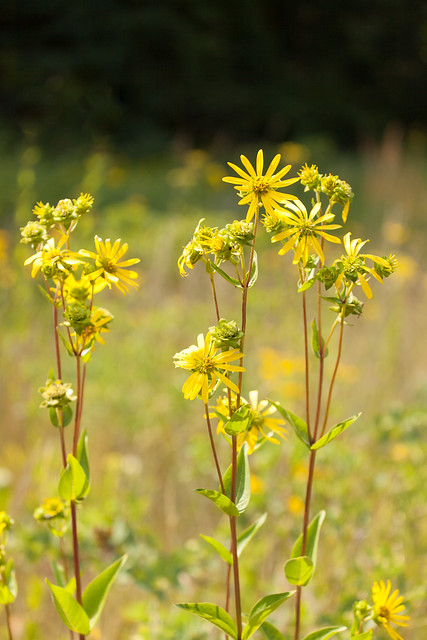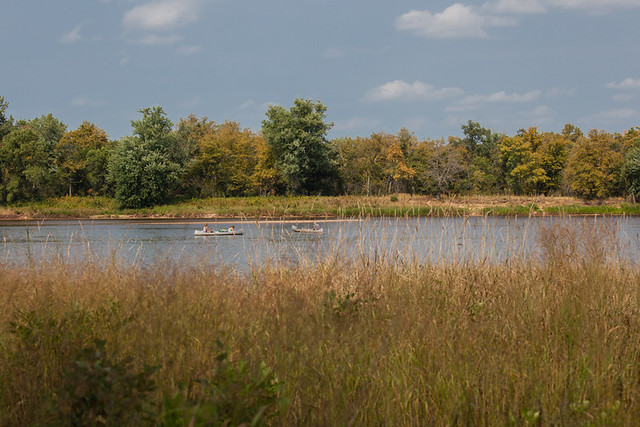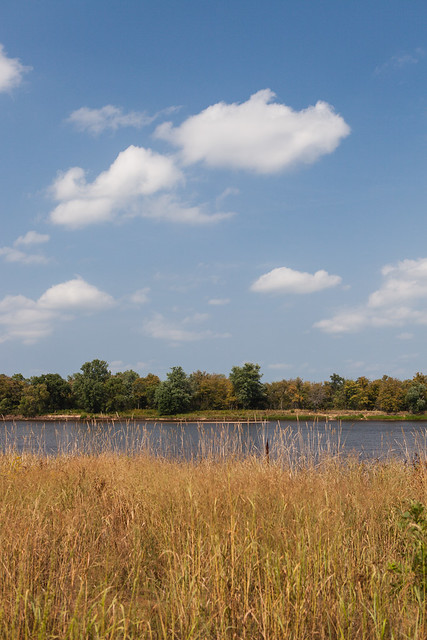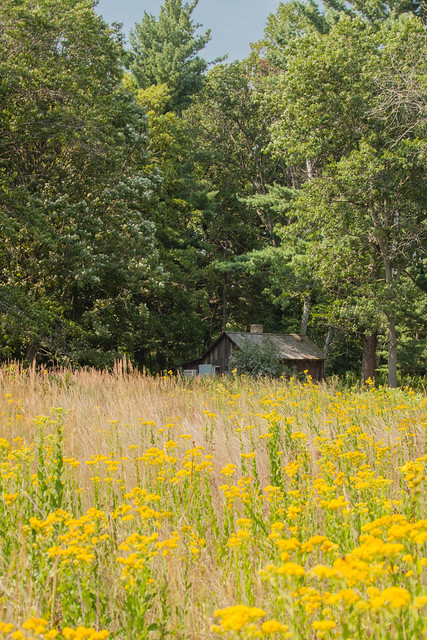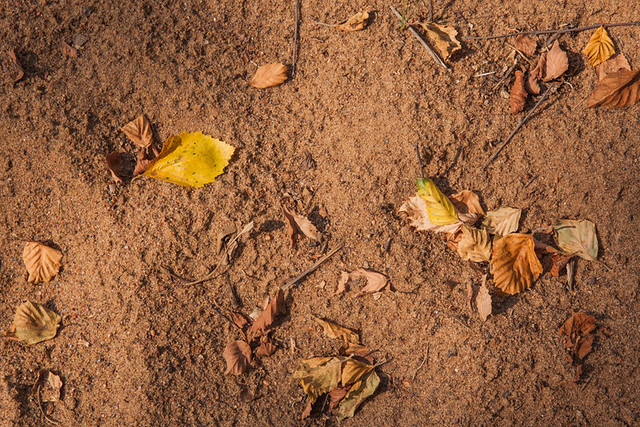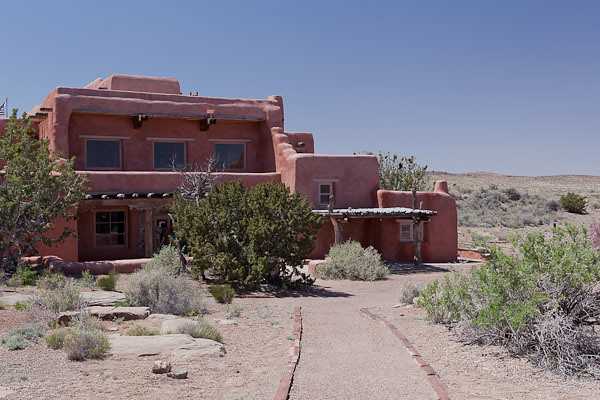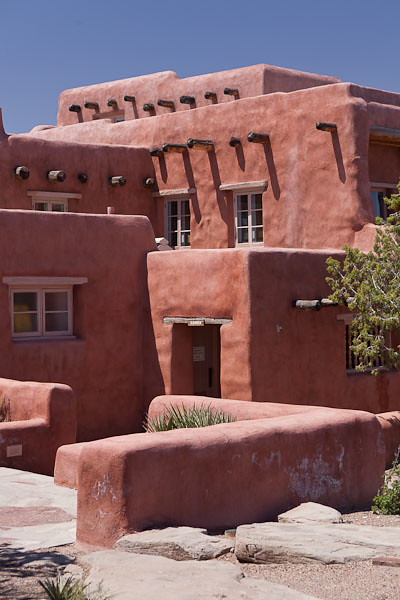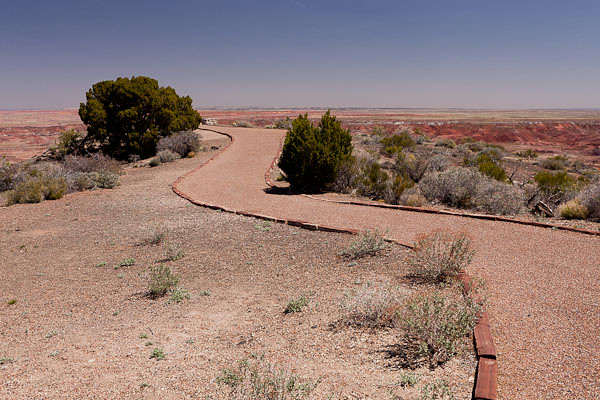This building, the Wisconsin State Capitol, was once one of my frequent winter hang outs. A perfect place to explore. Spacious. Filled with architectural delights and period art, and recently renovated, it is a beauty.
Perfect in my quest for thresholds, for there are a multitude of nooks and crannies to explore.
The current Wisconsin State Capitol (the third Capitol building constructed on this site) was built from 1906 – 1917 at a cost of $7.25 million.
Because of financial limitations and the need for immediate government office space, the construction was extended over several years and emphasized building one wing at a time. A time of true fiscal responsibility!
The Capitol was constructed of 43 types of stone from six countries and eight states. The exterior stone is Bethel white granite from Vermont – the largest granite exterior dome in the world.
The rotunda is constructed of marble from Greece, Algeria, Italy, and France, plus Minnesota limestone, Labradorite, and Wisconsin red granite.
The building was designated a National Historic Landmark in 2001.
I believe that one of the true wonders of this building is there is always something new to see. The architectural detail, the construction, the art — there is always something new to notice with awe and amazement.
